The change from the Devonian to the Carboniferous Period took place approximately 360 million years ago. It was a time when the air was filled with oxygen, more or less to the same level as now; that’s why those giant insects had not appeared yet. In fact, there were no vertebrates on land, nothing feeding or feeding on them. Everything above water was still silent, slowly becoming swampy but mostly silent. It was the first time that trees appeared, alongside an impressive collection of vegetation, although it was the underwater realm that presented the real sphere of the animal kingdom. Every creature that lived would be unrecognizable and unnamable to us now. Even their movements would look unusual. Just like those dinosaur-like animals that seem animated when moving, they wouldn’t understand that their time is long gone. Their patterns are off, their shapes no longer make sense.
But it was the end of the ‘fish era’ and the beginning of the era when most of the planet’s coal developed. It was, indeed, where our famous fishy beginnings sprung, hence it was also a time of change, a subtle indication that one day we won’t get anywhere by swimming and, eventually, a ‘Zimmerian’ ‘fabulous shape shifting’ will occur and the terrestrial invasion will commence.
But I don’t want to go there yet! I want to stay in the water! For a long time, I had been wondering how come most bodies of water seem so otherworldly to me, why is there a boundary of difference and a parallel commonality bordering on the hopeful curiosity of visual abstraction? In the artworks of Ioana Stanca and Orsolya Lia Vető, we can clearly observe the characteristics and epistemology of water.
The semiotically castrated pairs of scissors by Ioana Stanca lose their original purpose (weapon-like quality) and become ‘unusable’ in their original, practical sense due to their larger-than-life dimensions, mushy fillings, and soft cover fabrics, to become adorned with a new array of identities. These identities travel through elements and universes, pursuing astrological geographies and earthbound personal metaphors, dissolving into a gateway between our body and the world, hiding or revelling fundamental feelings. Consequently, her ingenious chosen medium, these unlikely events of materiality, resonate with water, watery existence and its feminine essence, either in its behaviour or – in this very particular case – as a primary aspect, its colour.
Orsolya Lia Vető’s paintings not only respond to water and its nourishing attitude through her recreating of the habitats of various fictional living creatures, but also via the uncountable layers of sea and soil that emerge as a mythical ‘evolutionary haven’ in front of the eyes of the beholder. It is not only a projection of ‘Prehistoric Technicolor’, but the artist operates with and, in a sense, “documents” water and its existence. In the process of painting, she records its different phases. Although fossil-like and primal, her uncontrollable swirling and wiggling plasmatic shapes, cell-lookalike markings and legless roundworm silhouettes are the friendliest and nicest weirdoes that you could hope to meet. It is a full-hearted color show, an evocation of unknown or long-lost flowers, bugs or any other creepy-crawlies, and now they extended into the exhibition space, paying another homage to apprehending the will of water.
But you see, there is a difference between existing in water and in air. This is especially visible in the case of deep-sea animals, who solemnly accommodated to underwater existence. Their anatomy and colors would be dysfunctional and fatally unadaptable above these depths. Nevertheless, the notion of ‘trans corporeality’ is here to help us out, reminding us that its “cycles’ gestatations echo not only across human bodies and maternal wombs, nor only between human bodies and watery habitats, but across species, symbiotic becomings, and evolutionary times.”. It is an ‘inter-Phanerozoic open ticket’ which takes us to a safe place where the remoteness of the abyssal or the conditions of “lung” living does not necessarily evoke the dreaded watery forgetfulness.
The Flora and Fauna of Orsolya Lia Vető are a shelter for the Earthly present and future. Layer upon layer, beings are imbricated and happily getting along, never forgetting their fluid origins. It is an ‘all-at-once’ combination of what did, what might and what will come to exist, not only 360 million years ago but also in our speculations about the future. Her timeline spans across geologic eons and suggests a coexisting symbiosis of a prehistoric temporality and a hyper-contemporary cosmos.
The strength of Ioana Stanca’s squishy ‘objectopus’ entities is hidden in their betweenness. They do not shed identities but only take newer ones up. Playing with the tenderness of the uncanny, her creatures are coincidently familiar and alien, welcoming and alarming, soft and harsh, understanding and unmuted. We can find empathy with these creatures for this dualistic, all-encompassing quality. Yet, it is difficult to comprehend them because they are neither aquatic, terrestrial, nor extra-terrestrial. They remain constantly stranded in transition between elements of the Earth and between solar systems. This crucial boundary is unarmed. They are not divorced from the prehistoric past tense, yet they perfectly fitting into our current flow.
I was wondering how far back ancestry can or should be traced and how much can pre-literary history be part of one’s identity. I am not talking about human-like creatures or even mammals, maybe not even of animals. I am talking about those times when life was unquestionably only underwater. But this might also suggest that eventually, according to their surroundings, living things may adjust while carrying an abundance of silent assets with them, indicating a later time that is not yet related to our own. Luckily, there is a divergence from linear history in the case of these artworks since they do not need to be aware of their own environments. Individualistically and simultaneously, they are allowed to transmit all that came before and after them. They are our forerunners and descendants at the same time – emerging from and composed of nurturing water.
The duo art show Soft as Water took place at PINCE gallery in Budapest during 26th April – 17th May 2022.
POSTED BY
Éda Meggyesházi
Éda Meggyesházi was born in 1984 in Budapest, Hungary. She is a visual freelance curator and a musician. She studied at the University of Bedfordshire’s School of Media, Art and Design and receive...
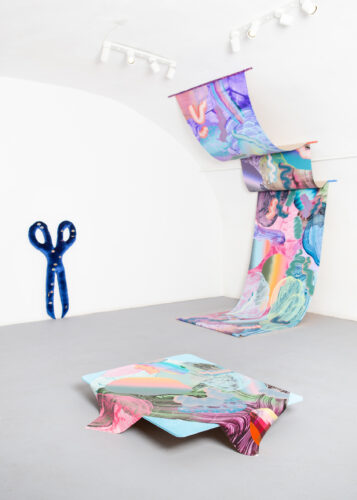
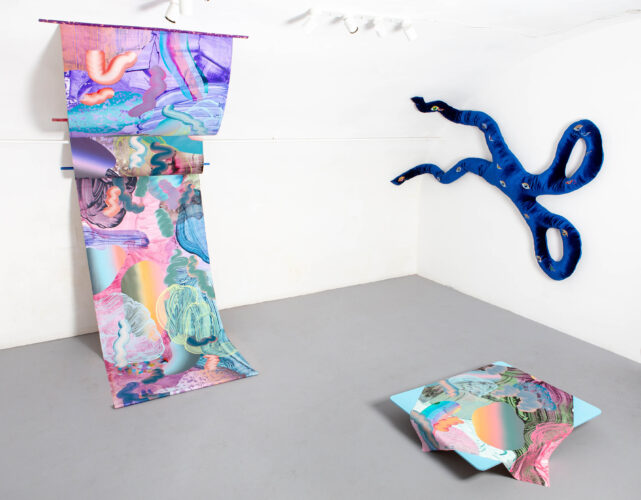
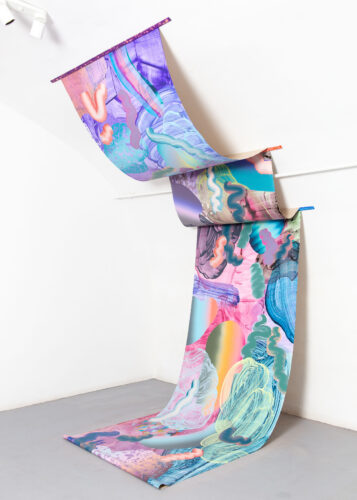
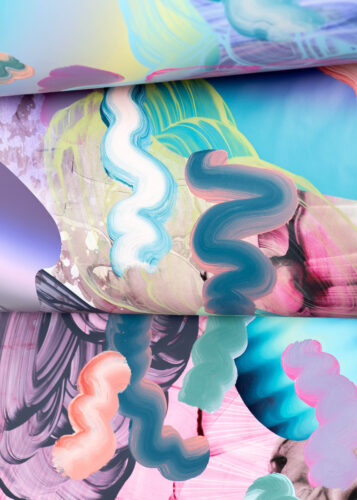
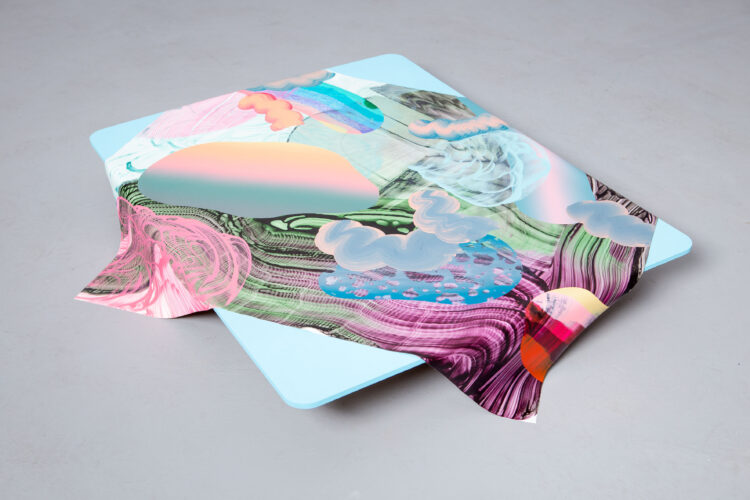
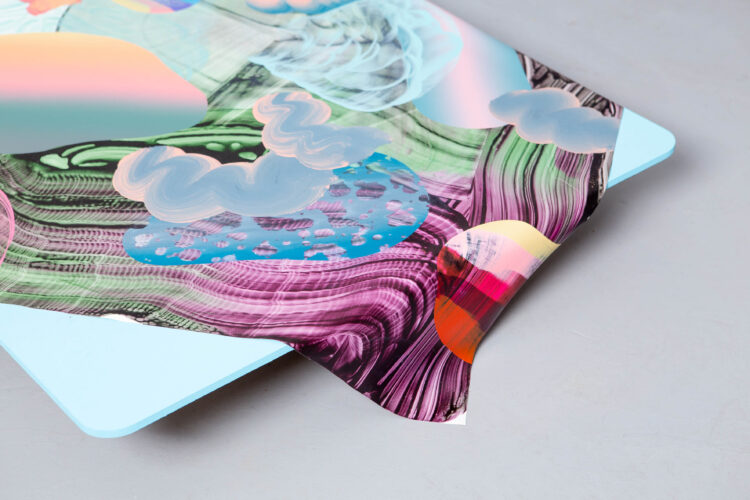
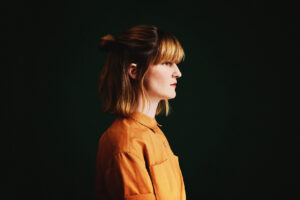
Comments are closed here.